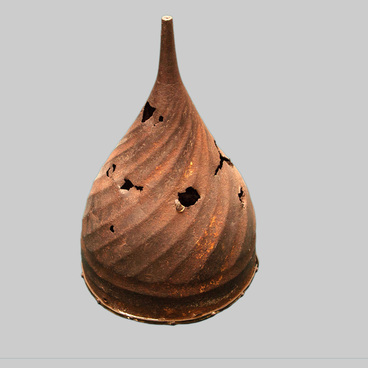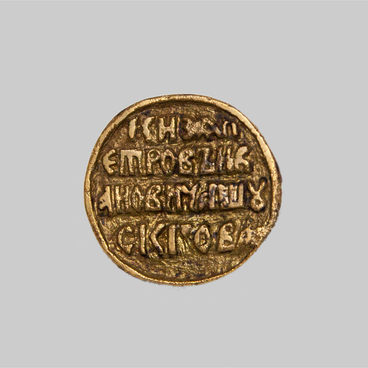At the end of the 16th–17th centuries, during the annexation of Siberia to the Moscow state, firearms were widely used. In many ways, it determined the victories won by Yermak’s militia unit in the battles with the troops of Khan Kuchum. There was no domestic production in Siberia, so the garrisons were supplied from Moscow – the government sent large quantities of guns to Tobolsk, from where they were sent to other places. At the same time, however, not only ready-made firearms were imported to the Urals, but also some parts, in particular, barrels and arquebus locks were delivered to the Tobolsk market, and, consequently, there were craftsmen in the city who had been repairing guns.
A large military arsenal was stored both in the city treasury and in the hands of local residents, especially since in the 17th century the main population in the city was made up of service people. Interesting information is contained in the Estimated cost list of 1678, describing the military arsenal of Tobolsk, where the state balances are: “45 arquebus barrels and musket burned, 23 rifled barrels burned; 518 pistol barrels burned, 464 arquebus locks and rifled musket guns.”
That is, the entire arsenal of small arms known then was represented in the city at that time. And such a type of weapon as an arquebus with a shock-flint lock and a caliber of 1-1.5 centimeters was the most widespread in Tobolsk in the 17th century. Residents of Tobolsk have sought to acquire universal weapons that combined both combat and commercial use, to the extent possible.
The muzzle-loading arquebus was loaded as follows: a powder charge and a round lead bullet were lowered into the breech end of the barrel through the muzzle section. Additionally, the powder was poured on a pan located next to the fire hole, through which the fire hit the breech end of the barrel. The flint, which gives a spark when hitting, was clamped in the jaws of the trigger in lead or leather gaskets. When pulling the trigger, it fell down, hitting the flint on the firesteel fixed next to the powder pan, which caused the powder burn and the gun shoot out.
At the very beginning of the 18th century, Siberia had its own production. According to the decree of Tsar Peter I, the Tobolsk weapons factory started operation.
A large military arsenal was stored both in the city treasury and in the hands of local residents, especially since in the 17th century the main population in the city was made up of service people. Interesting information is contained in the Estimated cost list of 1678, describing the military arsenal of Tobolsk, where the state balances are: “45 arquebus barrels and musket burned, 23 rifled barrels burned; 518 pistol barrels burned, 464 arquebus locks and rifled musket guns.”
That is, the entire arsenal of small arms known then was represented in the city at that time. And such a type of weapon as an arquebus with a shock-flint lock and a caliber of 1-1.5 centimeters was the most widespread in Tobolsk in the 17th century. Residents of Tobolsk have sought to acquire universal weapons that combined both combat and commercial use, to the extent possible.
The muzzle-loading arquebus was loaded as follows: a powder charge and a round lead bullet were lowered into the breech end of the barrel through the muzzle section. Additionally, the powder was poured on a pan located next to the fire hole, through which the fire hit the breech end of the barrel. The flint, which gives a spark when hitting, was clamped in the jaws of the trigger in lead or leather gaskets. When pulling the trigger, it fell down, hitting the flint on the firesteel fixed next to the powder pan, which caused the powder burn and the gun shoot out.
At the very beginning of the 18th century, Siberia had its own production. According to the decree of Tsar Peter I, the Tobolsk weapons factory started operation.



